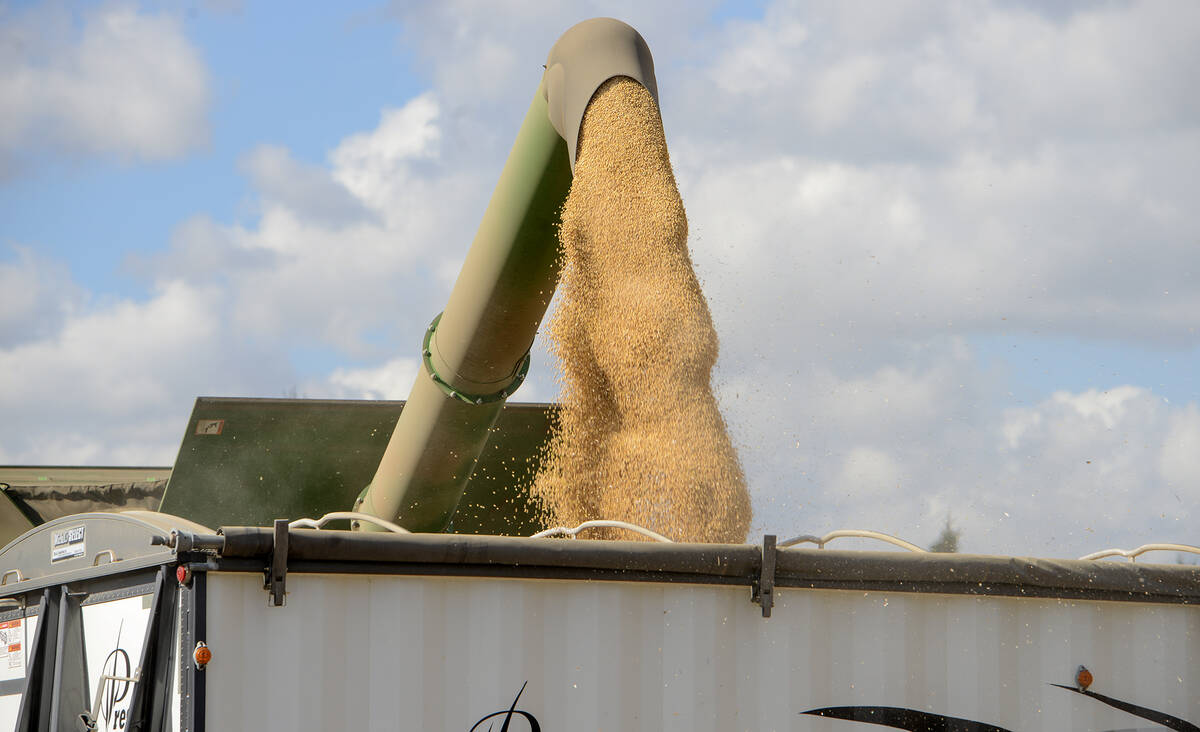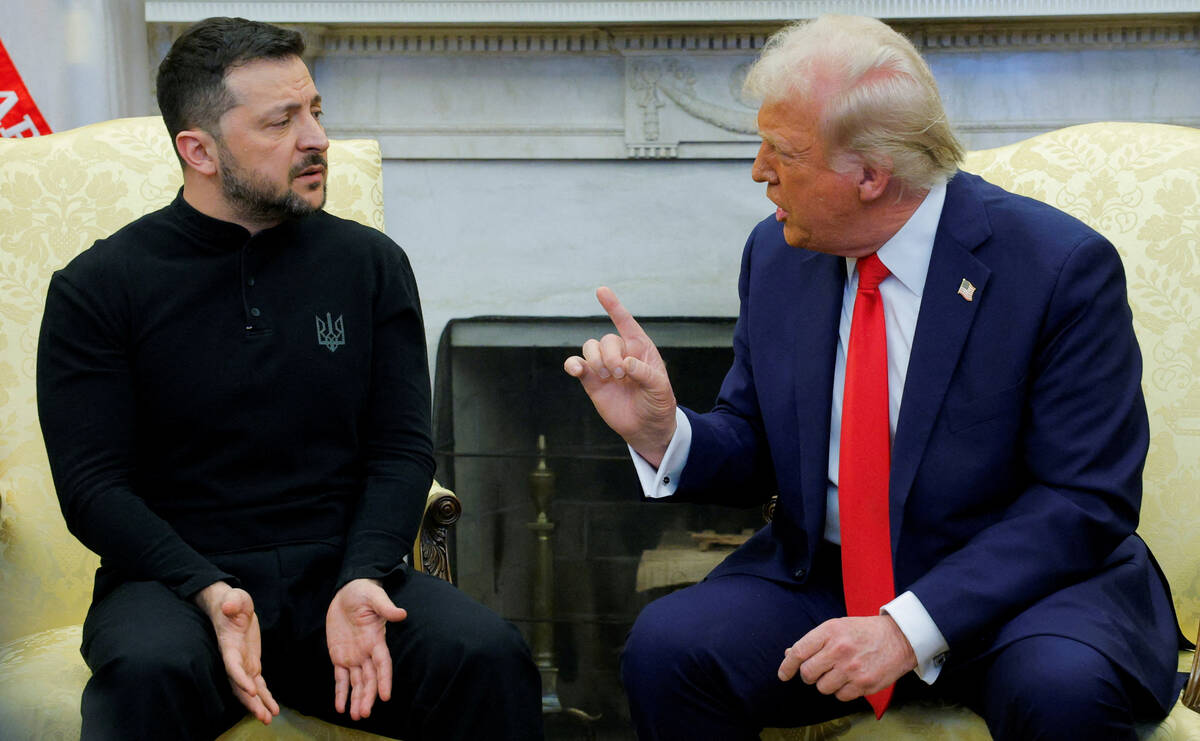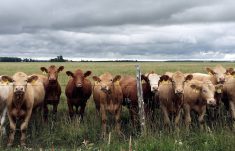The Trump tsunami is roaring across the Canadian political landscape.
If it feels like it’s all anyone talks about anymore, that’s because it’s the topic now firmly top-of-mind for most Canadians.
That’s what the recent Canadian Federation of Agriculture annual meeting in Ottawa heard from one of the country’s top pollsters (see story on page seven).
Read Also

Grain markets hungry for U.S. data
The U.S. government shutdown meant that futures markets were left without robust grain supply information
Nik Nanos, founder and chief data officer of Nanos Research, called it “Trump-driven hyperanxiety.”
This concern has rocketed to the top in a regular poll his firm conducts. Four weeks ago Trump was the top concern of just 2.4 per cent of Canadians. Now he’s up 18 points and is tied for top spot with jobs and the economy.
The knock-on effect of that concern has changed the federal electoral landscape dramatically.
“What the ballot question was, was ‘time for a change, kick the bums out, Liberals been in power too long, do you like or dislike Justin Trudeau?’,” Nanos told delgates. “The ballot question is now ‘who can best manage Trump?’”
Pierre Poilievre, leader of the federal Conservative party, appears to be the loser when voters ask themselves that question.
It’s a stunning turn around. Until recently the Poilievre-led Conservatives appeared to be strolling to a majority in the next election. At the peak of their wave the Conservatives held a 26 point lead in polls. However, a change in leadership for the federal liberals and ongoing events seems to have blunted that — and then Trump happened.
Despite never mentioning Canada during his own electoral campaign, suddenly we were at the centre — or is that center? — of his focus. We were now bad-faith traders and the source of a flood of illegal drugs and undocumented immigrants. All despite the numbers not backing any of that up.
Were Trump to have stuck to the usual economic rhetoric, all might have been fine and well. It’s not like Canadians aren’t used to economic actions from the U.S. that hurt us. The decades-long softwood lumber dispute springs to mind. Or closer to home the Europe-U.S. agriculture export subsidy wars of the 1980s that left the Canadian grain sector an economic basket case.
What really alarmed Canadians though, was President Trump’s repeated musings about Canada becoming a U.S. state. At first it was met with nervous laughter, the kind you get when someone tells a joke that lands wrong. Then a bit of horror, once it became apparently this wasn’t just another of his random musings. Then finally with growing anger as it began to sink in, and Canadian hockey fans were suddenly booing the U.S. national anthem.
Meantime, Poilievre and the Conservatives find themselves struggling to pivot to this new reality. The truth is plenty of right-of-centre politicians in Canada did embrace Trump, or at least very similar rhetoric, which is going to make that difficult.
It appears to have taken the Liberal war room all of about 10 minutes to gin up an attack ad juxtaposing Trump and Poilievre statements to devastating effect.
Whether or not this is actually true is likely irrelevant. The reality is that in 2025 most voters are what’s known as ‘low information’ voters. About half of eligible voters probably won’t show up at the polls. And the majority that do will be voting on perceptions not platforms.
So far that’s put wind in the Liberal sails. One major poll recently showed them above the Conservatives for the first time since 2021.
Whether that will actually translate to ballot box success remains to be seen. But the election is certainly no longer the shoe-in for the Conservatives it once was.
For Canadian farmers and agriculture groups that had been counting on a change in government, it means a new caution will be needed. They can no longer be sure who they’ll be dealing with post-election.
















